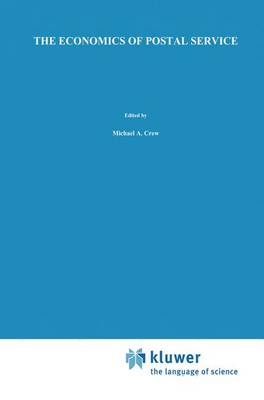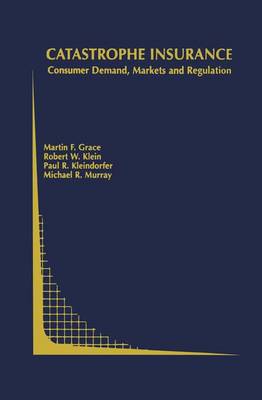Topics in Regulatory Economics and Policy
2 primary works
Book 11
The Economics of Postal Service
by Michael A. Crew and Paul R. Kleindorfer
Published 31 October 1992
Postal service has received considerably less attention in the economics literature than traditional public utilities. Postal service is facing some very important challenges arising out of the increasingly high-tech nature of postal service, the entry of competition into the business, and new attitudes on the part of government to postal service. In the United Kingdom and Germany the increased interest in privatization and recognition of the benefits of competition are likely to have an impact on postal service. These challenges mean that postal managers must learn new ways of doing business, not just in successfully introducing new hardware and in new internal operating procedures, but also in the development of new pricing and costing methodologies and in the introduction of new management information systems.
In order to deal with these new developments managers need a solid foundation in applied microeconomic theory as it relates to postal service. This book encompasses the theoretical foundation for postal policy, particularly with regard to pricing, service quality, and competitive issues.
In order to deal with these new developments managers need a solid foundation in applied microeconomic theory as it relates to postal service. This book encompasses the theoretical foundation for postal policy, particularly with regard to pricing, service quality, and competitive issues.
Book 45
Catastrophe Insurance
by Martin F. Grace, Robert W. Klein, Paul R. Kleindorfer, and Michael R. Murray
Published 30 June 2003
1. THE PROBLEM OF CATASTROPHE RISK The risk of large losses from natural disasters in the U.S. has significantly increased in recent years, straining private insurance markets and creating troublesome problems for disaster-prone areas. The threat of mega-catastrophes resulting from intense hurricanes or earthquakes striking major population centers has dramatically altered the insurance environment. Estimates of probable maximum losses (PMLs) to insurers from a mega catastrophe striking the U.S. range up to $100 billion depending on the location and intensity of the event (Applied Insurance Research, 2001).1 A severe disaster could have a significant financial impact on the industry (Cummins, Doherty, and Lo, 2002; Insurance Services Office, 1996a). Estimates of industry gross losses from the terrorist attack on September 11, 2001 range from $30 billion to $50 billion, and the attack's effect on insurance markets underscores the need to understand the dynamics of the supply of and the demand for insurance against extreme events, including natural disasters. Increased catastrophe risk poses difficult challenges for insurers, reinsurers, property owners and public officials (Kleindorfer and Kunreuther, 1999). The fundamental dilemma concerns insurers' ability to handle low-probability, high-consequence (LPHC) events, which generates a host of interrelated issues with respect to how the risk of such events are 1 These probable maximum loss (PML) estimates are based on a SOD-year "return" period.

